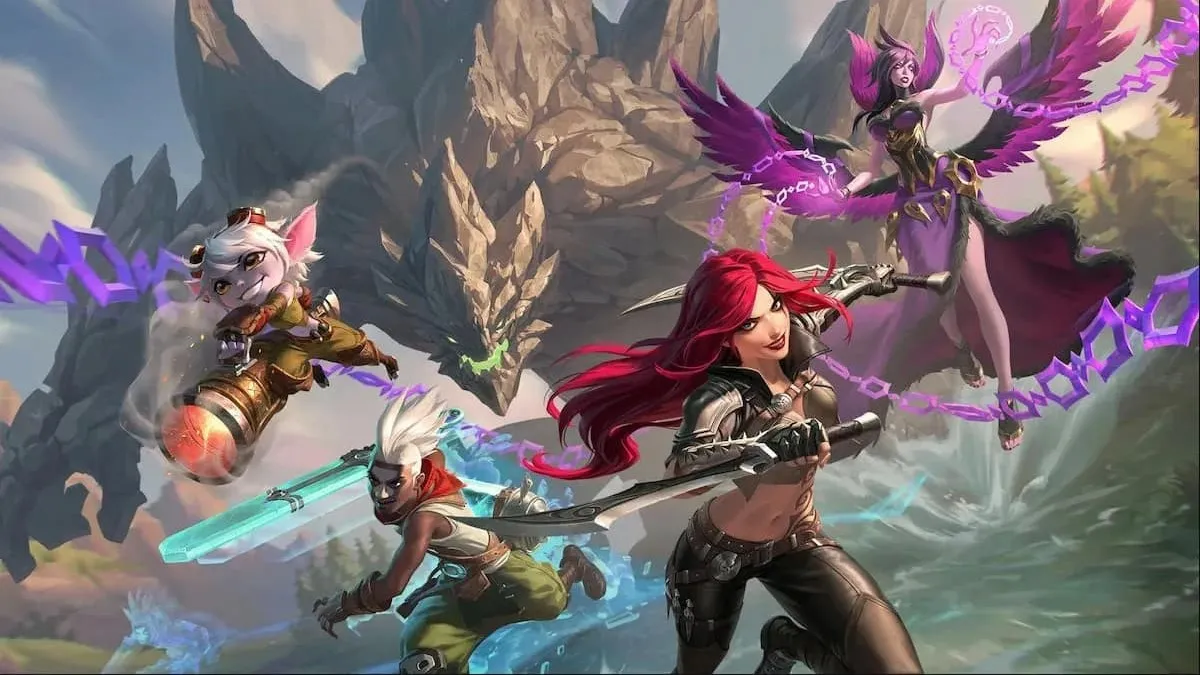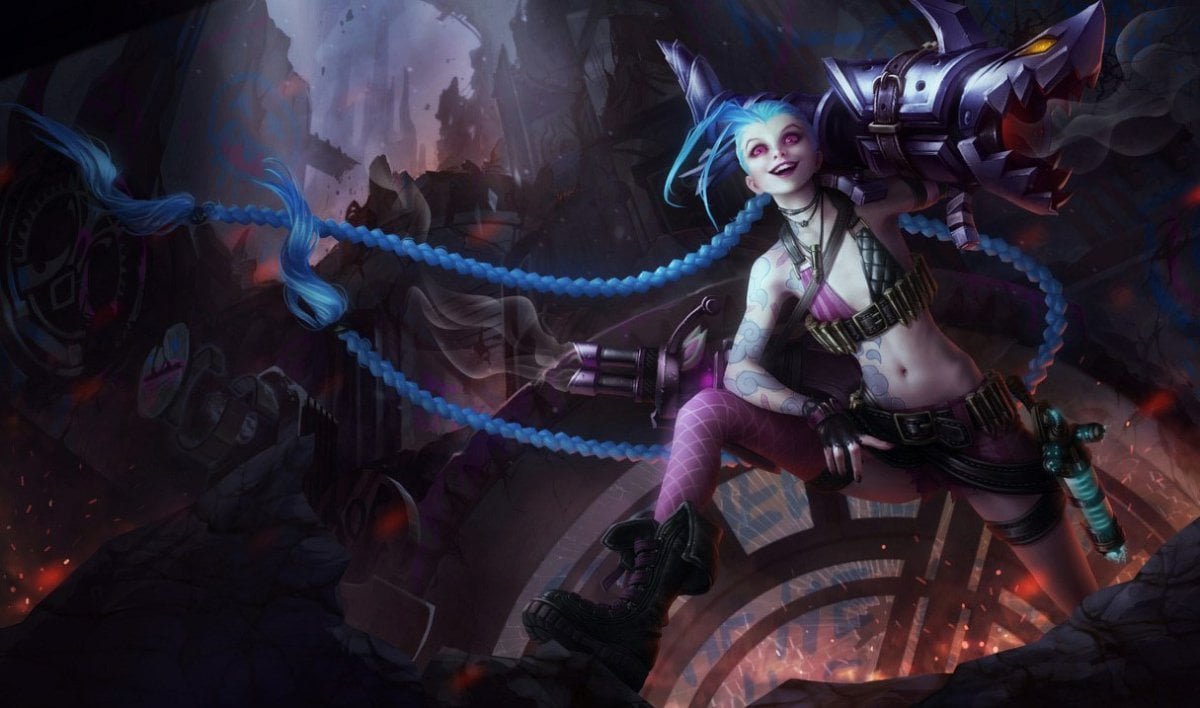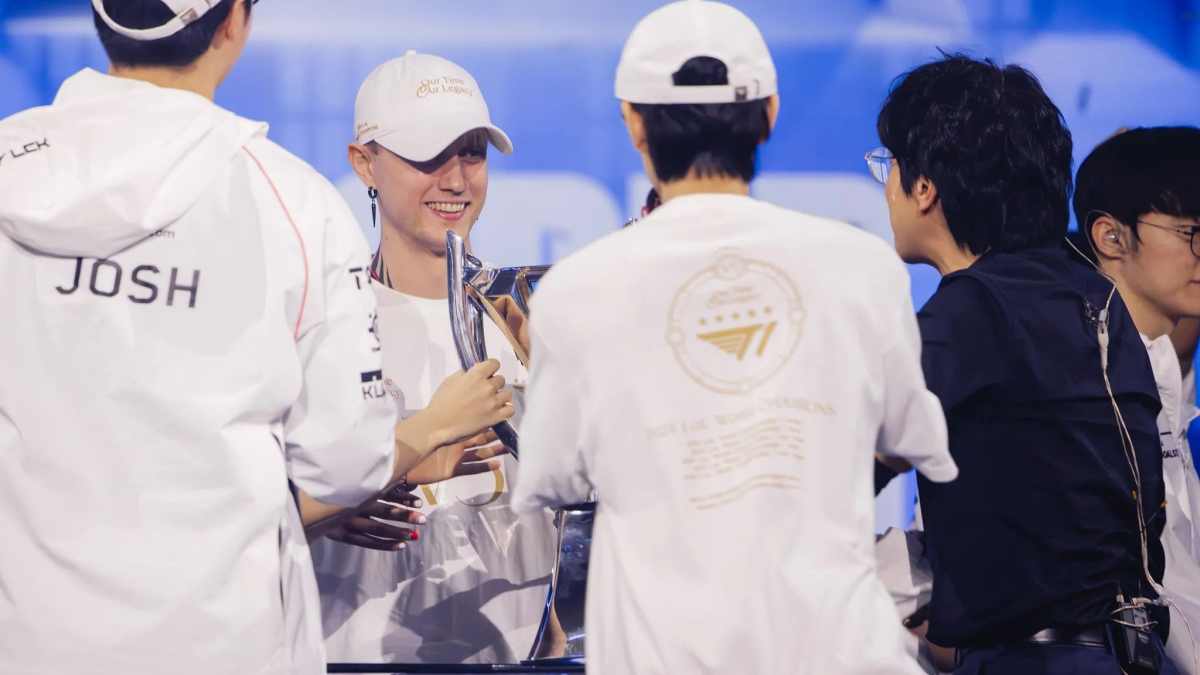Millions of League of Legends players join the season-long grind to Challenger every year, with thousands pouring into solo queue-ranked games at any given minute. These millions quickly find themselves spread across the competitive standings, with only the very best breaking beyond Diamond and above.
While you may not have achieved Challenger glory yet, your placements into Gold are just as exciting, and now you’re left wondering just how high that leaves you.
The distribution of players across each of the 10 ranks can often be incredibly stark, with most League solo queue players sitting in the lower tiers. Only a select few ever climb high enough to reach the upper echelons.
Here’s how League’s rank distribution works and where the most players are.
How rank distribution works in League

League has a spread of players across several competitive tiers that make up the solo queue standings. All up, there are 10 different ranks League players can earn.
The tiers, ranking from highest to lowest, are:
- Challenger
- Grandmaster
- Master
- Diamond
- Emerald
- Platinum
- Gold
- Silver
- Bronze
- Iron
Players climb (or drop) between ranks depending on how well (or poorly) each ranked game goes. The more you win, the faster you’ll climb.
League’s rank distribution, by the numbers
Here is the overall rank distribution in League, courtesy of the stat tracking site League of Graphs, which keeps an up-to-date count of each rank’s population and how it compares to the overall player base across competitive play.
Solo queue rank distribution
| Rank | Distribution percentage |
|---|---|
| Challenger | 0.024 percent |
| Grandmaster | 0.061 percent |
| Master | 0.47 percent |
| Diamond | 4.1 percent |
| Emerald | 12 percent |
| Platinum | 19 percent |
| Gold | 20 percent |
| Silver | 18 percent |
| Bronze | 18 percent |
| Iron | 6.9 percent |
Flex queue rank distribution
| Rank | Distribution percentage |
|---|---|
| Challenger | 0.010 percent |
| Grandmaster | 0.027 percent |
| Master | 0.22 percent |
| Diamond | 3.9 percent |
| Emerald | 16 percent |
| Platinum | 19 percent |
| Gold | 16 percent |
| Silver | 17 percent |
| Bronze | 18 percent |
| Iron | 6.9 percent |
Perhaps most stunning is less than one percent of the total player base plays in the Challenger, Grandmaster, and Master tiers. Despite making up nearly a third of the available ranks in League, only a handful of players make it that high in their ranked climb, which just shows how tough it is to reach them. About four percent of the game’s player base is Diamond or higher.
A majority of the League community can be found between Bronze, Silver, and Gold, with 56 percent of players between those three ranks. Although Platinum is technically the halfway point between the lower ranks and upper ranks, there is an uneven number of players populating the lower ranks.
If you’ve ever wondered why you rarely play with the same players two games in a row, it’s likely because so many share the same rank.








Published: Feb 19, 2024 01:00 am